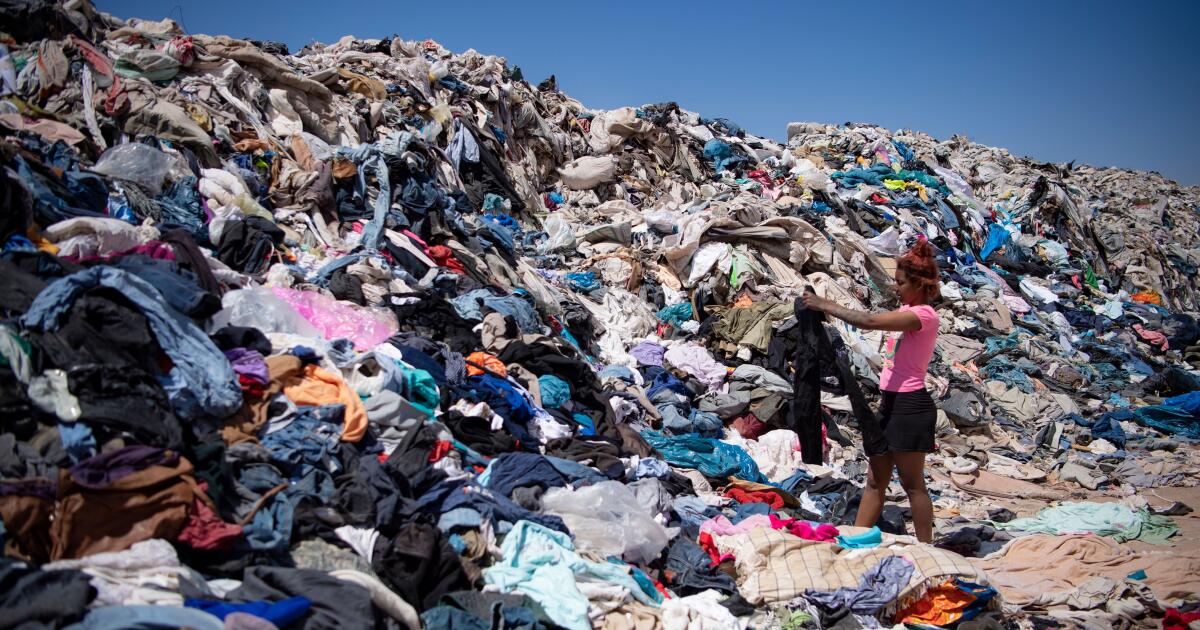Fashion
The fast fashion mountain of shame is real

Last year you may have seen headlines about an extraordinary photo captured by satellite — a mountain of clothes in the Chilean desert. If you didn’t stay with the story, you may not have learned that this heap owes its origins to secondhand clothes — the stuff we abandon, sometimes after only a few outings.
We may throw our discards into the trash bin. Or maybe we load them into plastic bags destined for thrift shops or resale boutiques. Perhaps we stuff them in clothing donation bins and boxes.
If those items aren’t sold or don’t make the cut for donations here, they may very well make their way to other countries, where there’s a brisk business in our used sweatshirts, dresses and pants. But the volume flowing into countries such as Chile and Ghana is crushing and cannot be handled by authorities, leading to environmental disasters — ghastly testimony confirming America’s nonstop need for new outfits.
The rise of fast fashion has only exacerbated the flow of our discards, many of which have been treated with chemicals or contain plastic-based fibers, further contributing to the microplastics that can make their way into our bodies.
American and European legislators are starting to pay attention to concerns about exploited workers and greenhouse gases associated with fast fashion, proposing laws that, they hope, would limit environmental impacts. But it’s unclear if any kind of legislation can stop a $13 pair of jeans — wrapped in plastic and cardboard and traveling by container ship and truck — from being delivered to our front doors.
In the meantime, our leftovers continue to clog waterways, char the skies with toxic smoke and ruin places where other people live. And another 39,000 tons (or so) are expected at the dump in Chile’s Atacama Desert this year.









